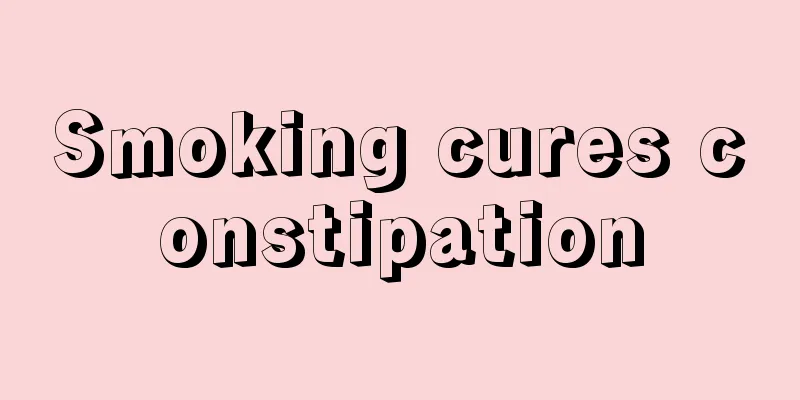How to care for skin shedding in the later stage of burns

|
When the human skin surface comes into contact with relatively high temperature, it will cause burns. There are many causes of burns, such as boiling water and oil. Generally, burns will cause small blisters in the early stages of the burn. At this time, it is necessary to treat it in time to avoid leaving scars. In the later stages of burns, the burned area will gradually shed its skin and grow new flesh. So how should you care for the skin that is shedding in the later stages of burns? (I) First degree burns 1. Symptoms: local skin redness and burning pain. 2. Treatment: Immediately rinse and soak the injured area with cool boiled water or tap water to relieve pain, reduce swelling and prevent blistering. Soaking in cold, salty water works better. The wound can be applied with topical medication, egg white or cooling oil, but do not use gentian violet, and it does not need to be bandaged. Generally, after 3 to 5 days, a small amount of peeling can be seen and the wound will heal without leaving any scars. (I) Second degree burns 1. Symptoms: It not only damages the epidermis, but also the middle layer of the skin. Redness, swelling and blisters of varying sizes may appear locally, and severe pain may be felt. 2. Treatment: If the epidermis is not damaged, the injured area is not large and is on the limbs, you can first rinse with tap water or cold boiled water to relieve pain and clean the skin; then apply badger oil, burn ointment (oil) or vegetable oil locally. The local area can be bandaged with clean gauze or bandage with pressure. Be sure to expose the fingers and toes when bandaging so that you can observe whether the skin color turns purple, whether the temperature becomes cold, or whether there is numbness. If the above symptoms occur, the bandage is too tight and should be loosened and re-bandaged in time. The bandage should be removed and checked after 1 to 2 days. If the blisters gradually become smaller and deflated, and there is no redness or swelling around them, you can continue to apply badger oil or burn ointment (oil) and then bandage again. The skin will peel off and heal in about two weeks without leaving any scars. If the burn covers a large area and there are blisters, do not break them and go to the hospital for treatment. If the patient experiences severe pain, redness and swelling around the wound, and increased secretion, this indicates an infection and the patient should go to the hospital for treatment immediately. (I) Ⅲ degree burns 1. Symptoms: Not only all layers of the skin are damaged, but also the subcutaneous tissue, fat, muscles, etc. are damaged. The injured area may appear grayish white or reddish brown, or even turn black and burnt. At this time, the nerves are also damaged, so you don't feel any pain. In severe cases, systemic symptoms or even shock may occur due to the extensive area of injury. |
>>: Is fried yogurt hot or cold
Recommend
What are the benefits of drinking light salt water in the morning?
Regular consumption of iodized salt can effective...
Can you swim with tampons?
In fact, Chinese women are still relatively unfam...
Can eating pears help reduce internal heat in the body?
Some people have a constitution that is prone to ...
How to perform breast cancer surgery
Breast cancer surgery is performed according to n...
What are the hazards of nail polish
Nail polish is the favorite of every beauty-lovin...
How many years can a patient with cerebral infarction live?
The harm of cerebral infarction is relatively lar...
What are the symptoms of non-ejaculation?
Generally speaking, when men and women have sex, ...
Can I drink honey if I have nasopharyngeal cancer?
Nasopharyngeal cancer patients can drink honey wa...
What are the treatments for chronic colitis
Chronic colitis is relatively common in life and ...
How long can you live with lung cancer and brain cancer
Having brain cancer is like a bolt from the blue ...
People who can tolerate cold and heat have good physique
In our lives, there are many people with very goo...
What to do if you feel stomach discomfort after dinner
Some people will feel stomach discomfort after di...
What are the hazards of insulation board to human body
Insulation boards may be relatively unfamiliar to...
Which is better, climbing stairs or running
Nowadays, there are many different ways to exerci...
Is it harmful if a towel turns yellow after a while of use?
As we all know, towels will start to turn yellow ...









